Human flight is one of humankind’s greatest achievements. The fact that we are able to sit in a chair, in the sky, comfortably travelling all over the world in mere hours, is nothing short of incredible. Not only that, but we also found a way to fly into outer space!
Although aerospace and aviation are both incredible feats of human ingenuity, it has to be said that human beings were never really meant to fly. Thus, as one might imagine, there are a number of risks to the health and safety of those that do fly, especially in a professional setting. That said, this has given way to a unique kind of medical field known as aerospace medicine. In this post, we’ll go over just what that is and what makes it unique.
Why is Aerospace Medicine unique?
What makes aerospace medicine unique from traditional medicine, you might ask? Well, traditional medicine is primarily concerned with abnormal physiology within a normal environment. Contrast this with aerospace medicine, which is primarily concerned with normal physiology within an abnormal environment.
To quote Dr. Bruce Wright, Aerospace Physiologist, “The cognitive and physical demands placed on a pilot operating in an aviation environment are much more challenging than a terrestrial task. AMEs (aerospace medical examiners) need to assess the aeromedical implication of a pilot's physiology relative to those increased demands required by operations in the flight environment. For example, cataracts might have a greater impact on a pilot’s night vision in the air than they would on the ground. AMEs must make sure the pilot is mentally and physically capable of meeting demands on the rare occasion that something goes wrong.”
With that said, let’s breakdown aerospace medicine a bit more.
What is Aerospace Medicine?
Air and space travel poses many potential risks and complications to the health and safety of those within the industry. This is where a specialised set of medical professionals step in.
Aerospace medicine is a specialised medical science that deals with the medical problems that may occur during human flight within earth’s atmosphere and outside of it.
The ultimate goal of those working in this field is to promote the safety and effectiveness of humans, usually pilots, aircrews or astronauts, while they are exposed to the stresses involved with aerospace and aviation flight. These risks can range anywhere from life support measures for astronauts to diagnosing a blocked ear in a shrieking infant on a commercial airliner during times of elevated cabin pressure at altitude.
Some of the stresses that aerospace and aviation professionals may be exposed to during flight are extreme temperatures, low atmospheric pressure, radiation, noise, vibrations, oxygen deprivation, and strong forces associated with acceleration and deceleration of aircraft. Other hazards more associated with spaceflight can be weightlessness, motion sickness, pilot fatigue, discomfort from hunger and lack of sleep associated with the lack of the typical day-night cycle we are used to on Earth, as well as the psychological disturbances that can be caused by prolonged confinement and isolation. Although many of these problems can be prevented by intensive prefight training in flight simulators, aerospace physicians are trained in the physiological implications of exposure to these hazards and in appropriate medical management to ensure the safety of flight crews and thus safe skies for all.
Brief History of Aerospace Medicine
According to Britannica Encyclopedia, 19th century French physiologist Pal Bert is generally regarded as the father of modern aviation medicine. This of course was before we were able to leave our atmosphere into outer space. However, his observations of the effects of high and low air pressure on balloonists during World War II were used to inform a broad and vigorous program of research. This resulted in the first unit for space research in the world established in the United States in 1948. As technological advances emerged, allowing human flight to enter space, aerospace medicine was recognised as a vital medical speciality.
What do specialists in aerospace medicine do?
One of the prime responsibilities for medical professionals in this field is the establishment and application of appropriate medical standards by which the certification and selection of pilots and other flight personnel can be carried out, assuring there are no physical limitations or medical conditions present that may impair their performance on the job. Additionally, those that are trained in aerospace medicine and carry out inflight exams and treatments are known as flight surgeons.
Aerospace medical specialists plan and help to train flight-crews in both first aid and in illness and injury prevention among passengers. Additionally, they assist in the training of paramedical personnel during aerial transportation of patients. Aerospace medical specialists also apply the principles of preventive medicine to avoid disease by air travel. During spaceflight they monitor physiological responses of astronauts and advise on how to manage medical problems inflight. Post-flight medical evaluations are also carried out to identify any adverse effects caused by space flight on the body.
Aerospace medicine is an extremely unique speciality. This uniqueness is mirrored by the original Peli case, which is the industry standard when it comes to rugged, waterproof, airtight, crushproof and impact-resistant cases for carrying and storing any and all kinds of fragile equipment. These cases are heavily used within the aerospace and aviation industries. In fact, Peli has supported the Aerospace and Aviation industries, providing custom and off-the-shelf case solutions since 1976.
To learn more about Peli Products case solutions, click on the button below.



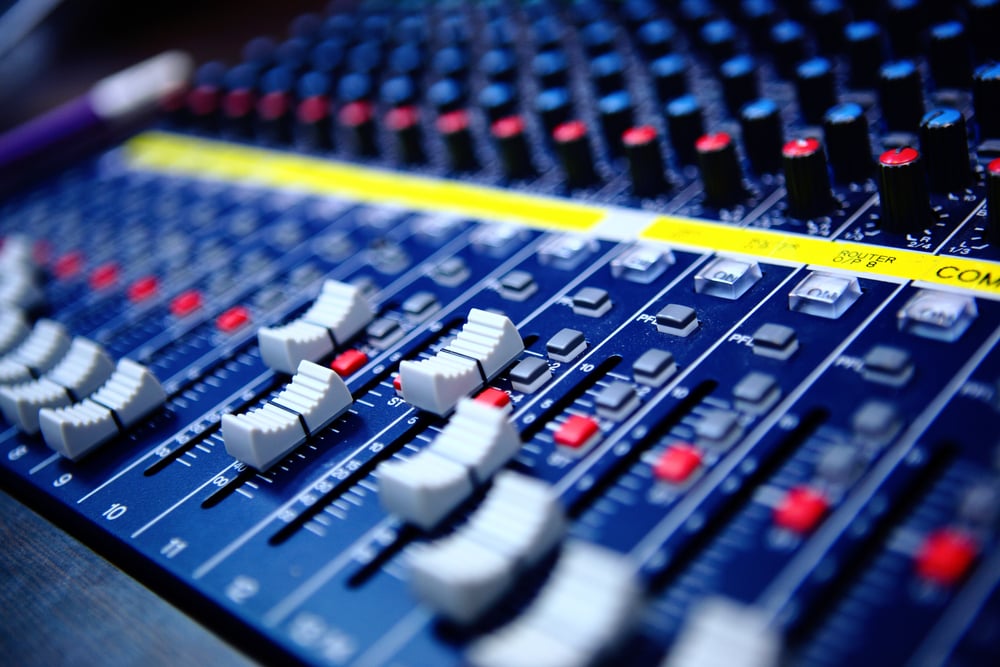
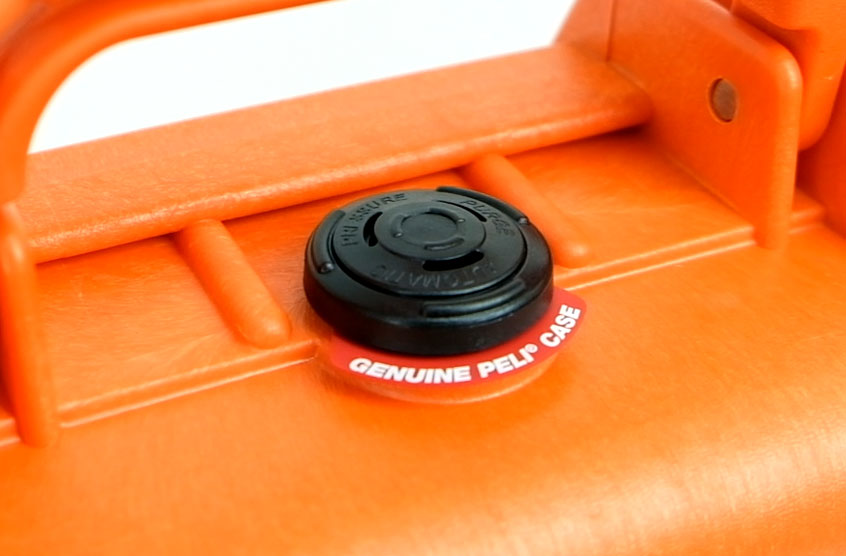
.png)

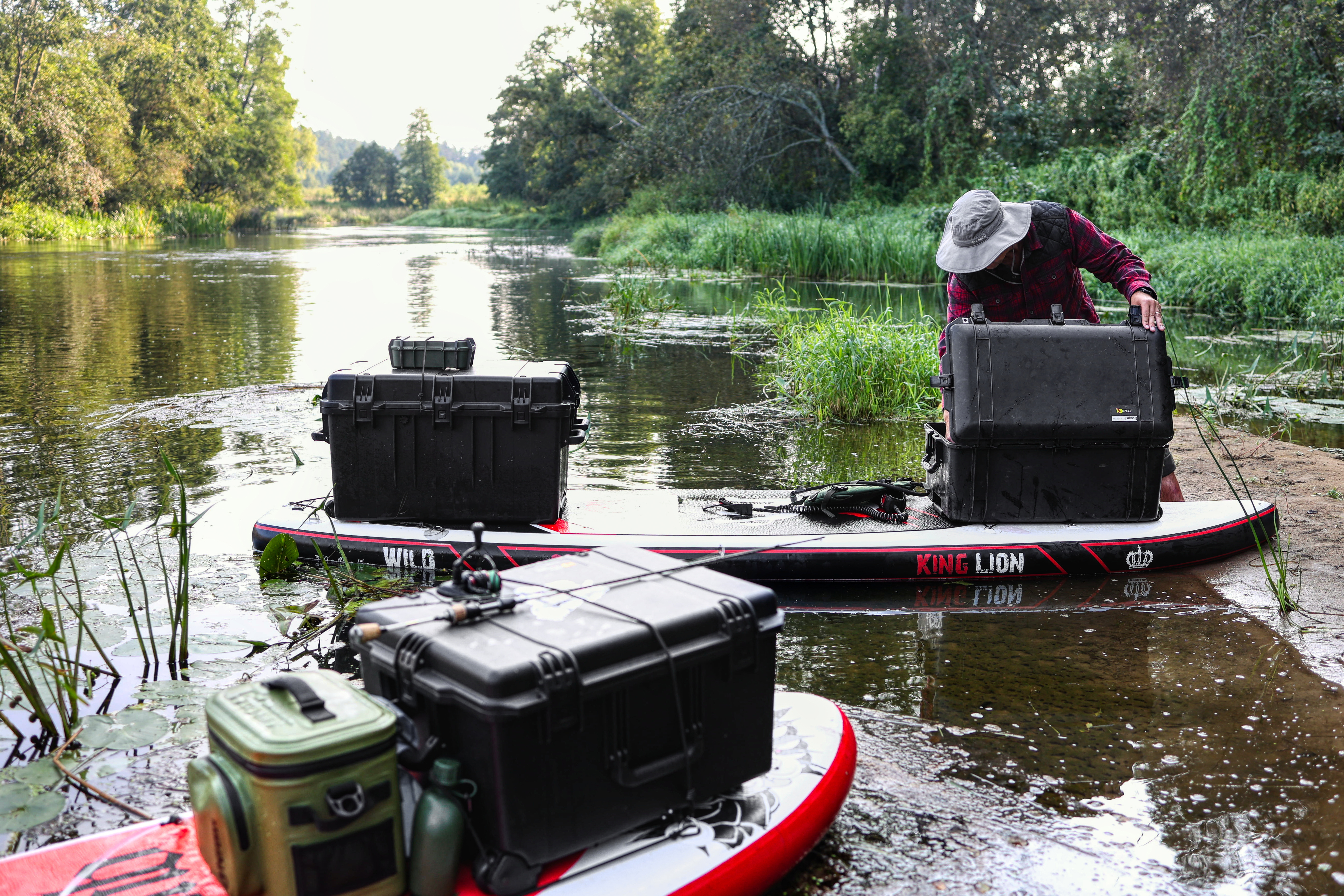
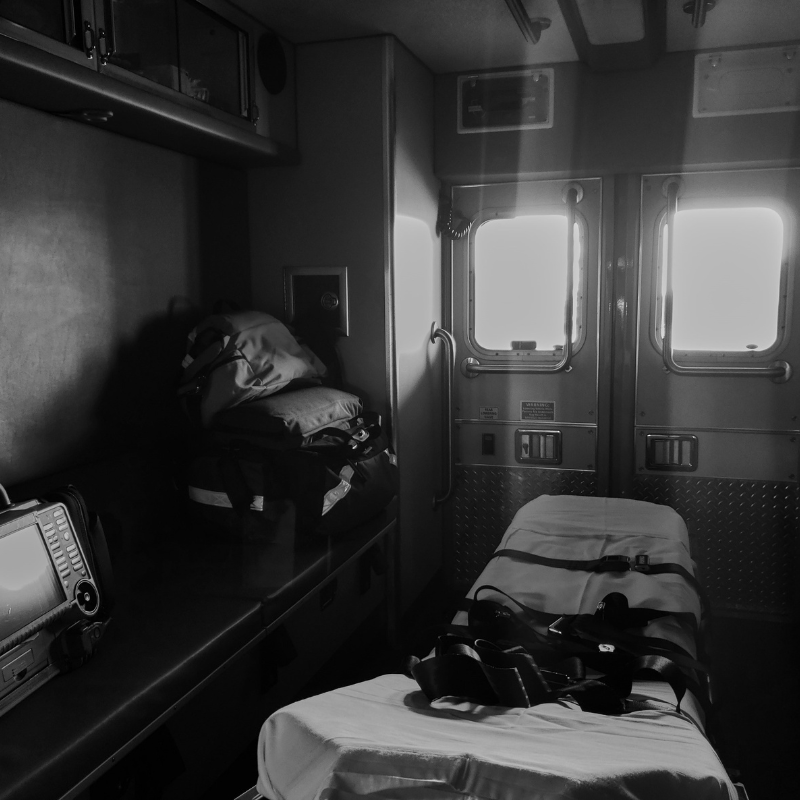

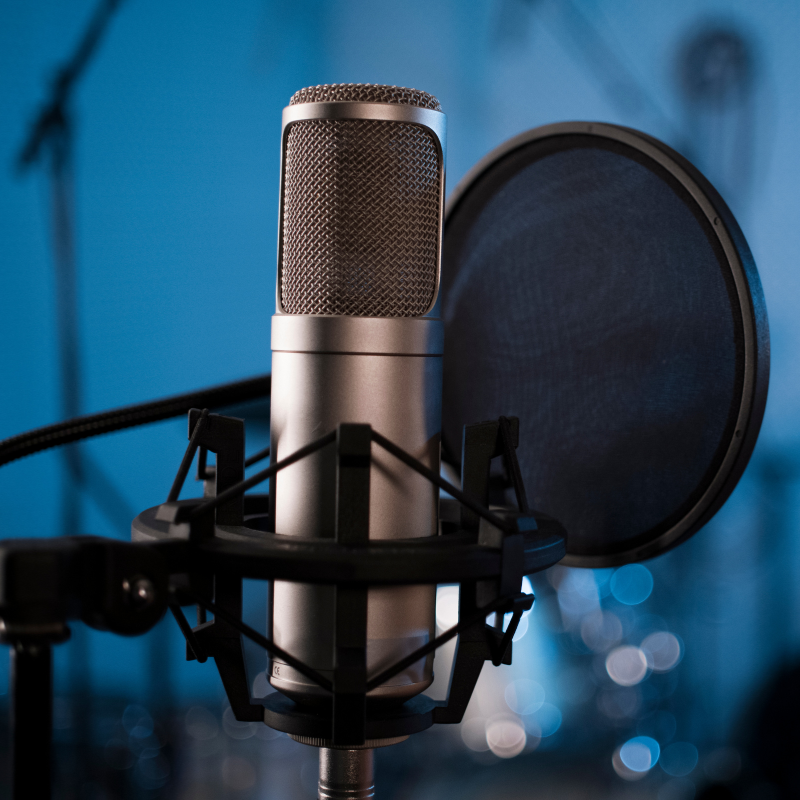
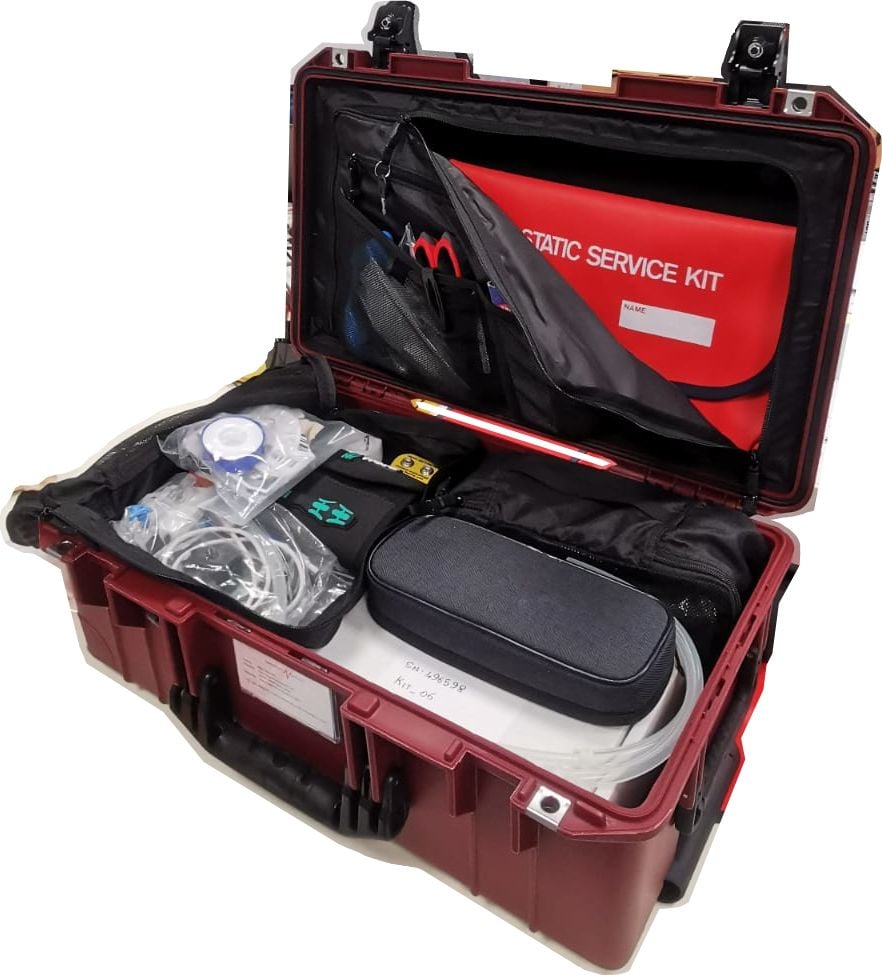
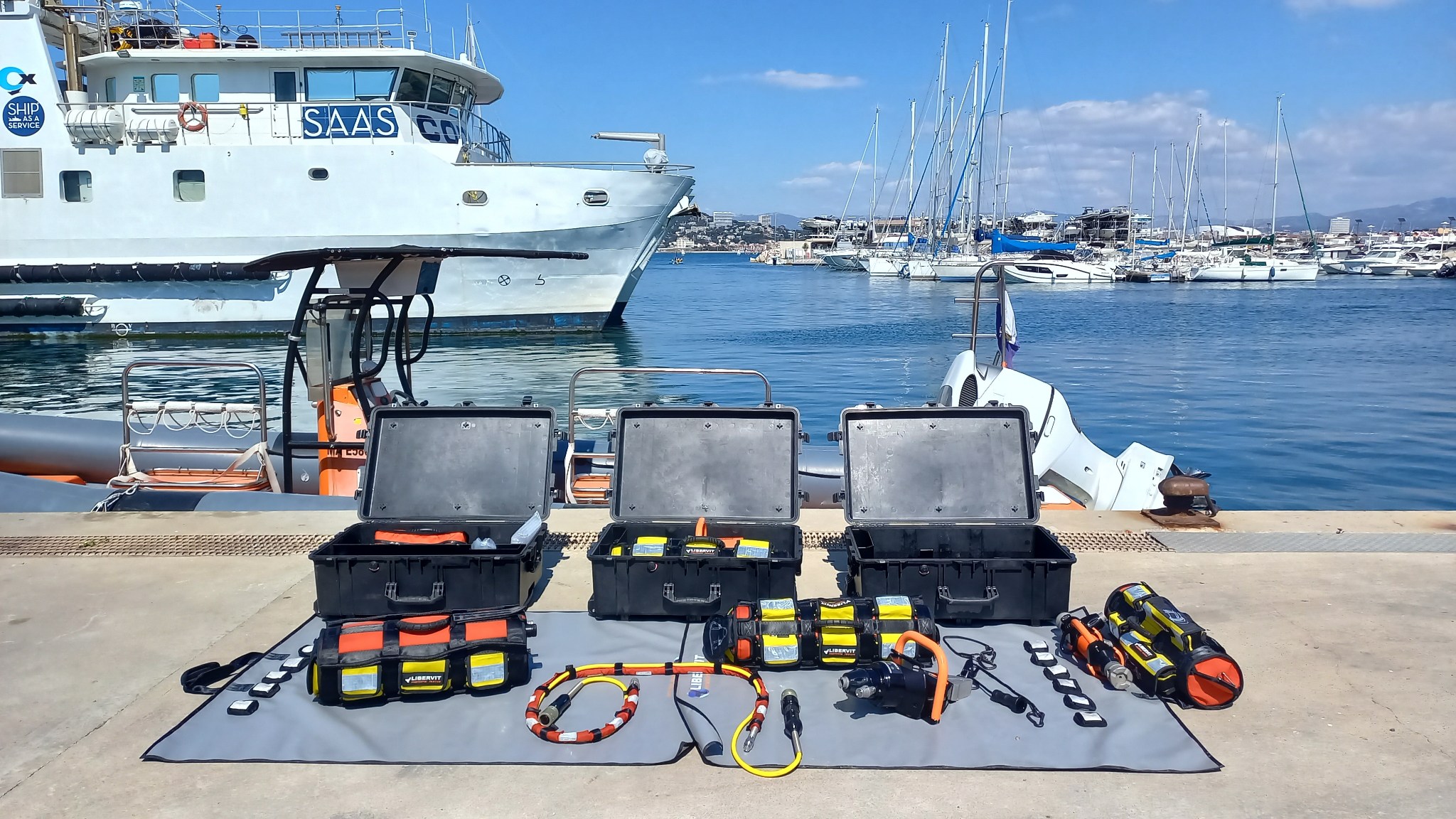

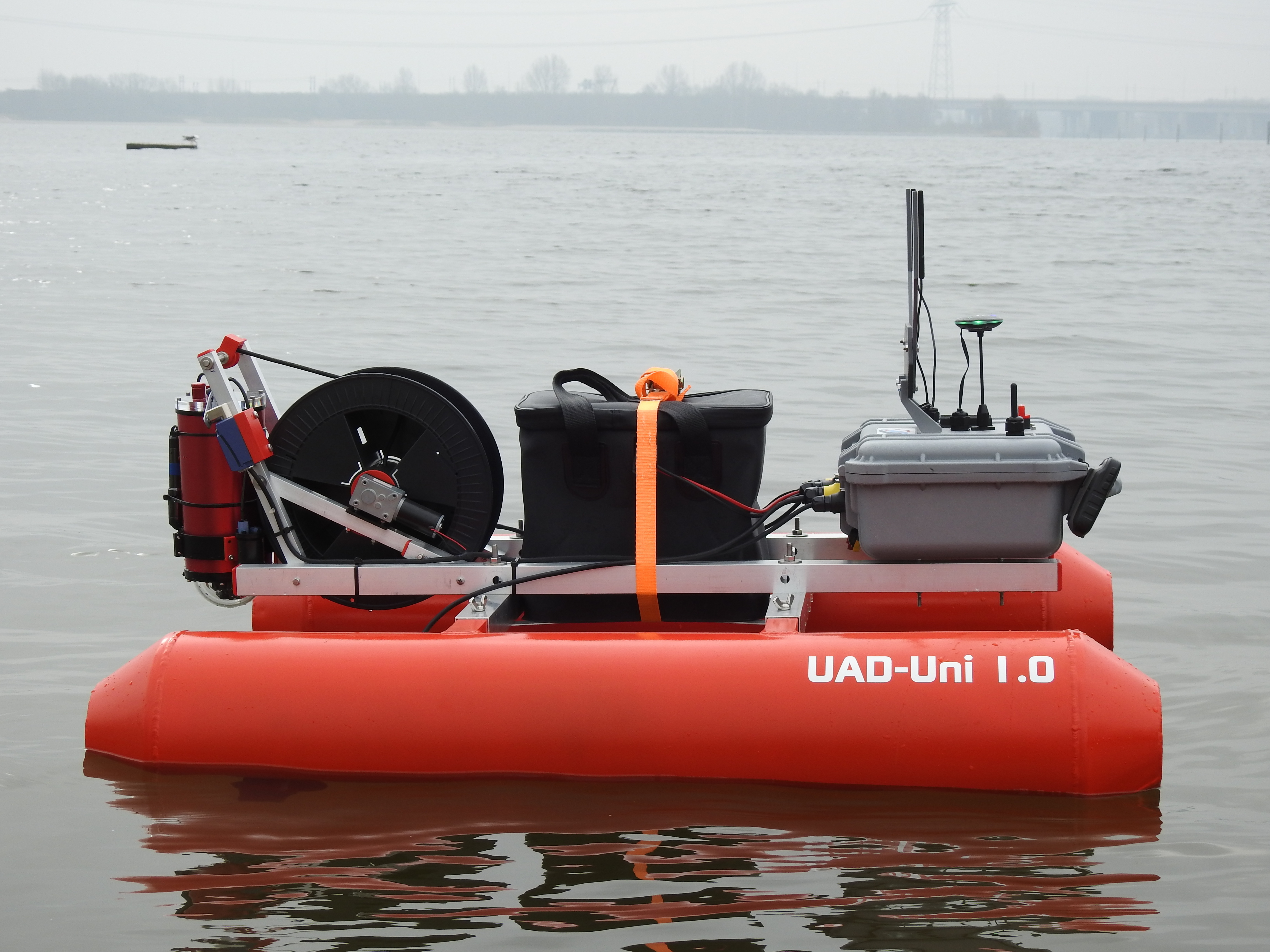


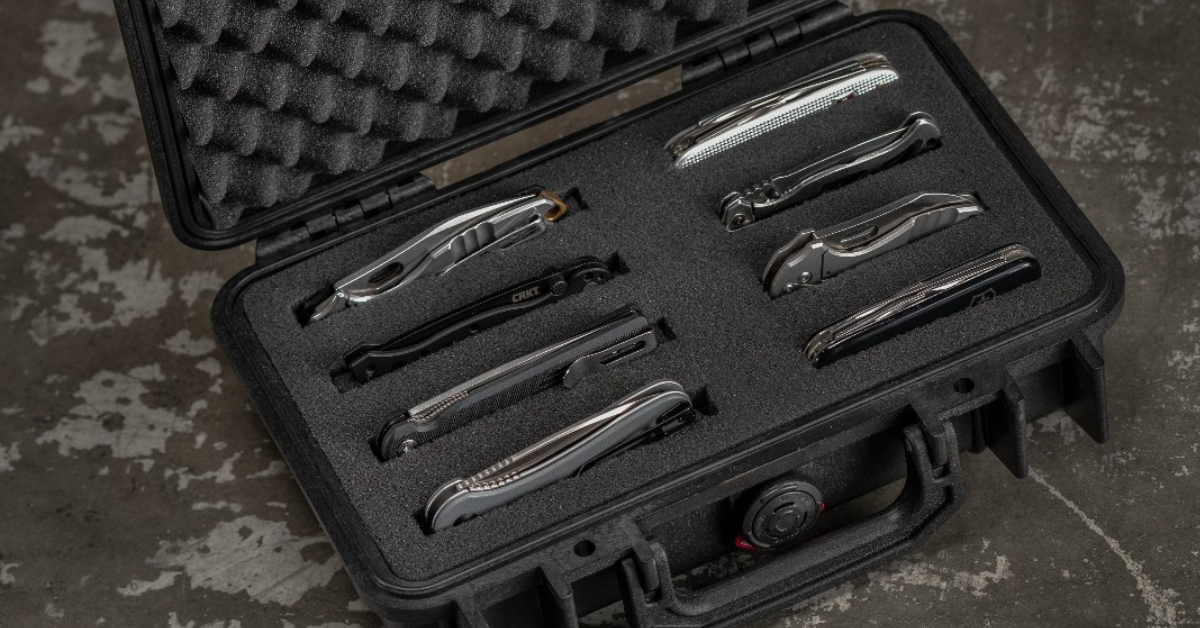

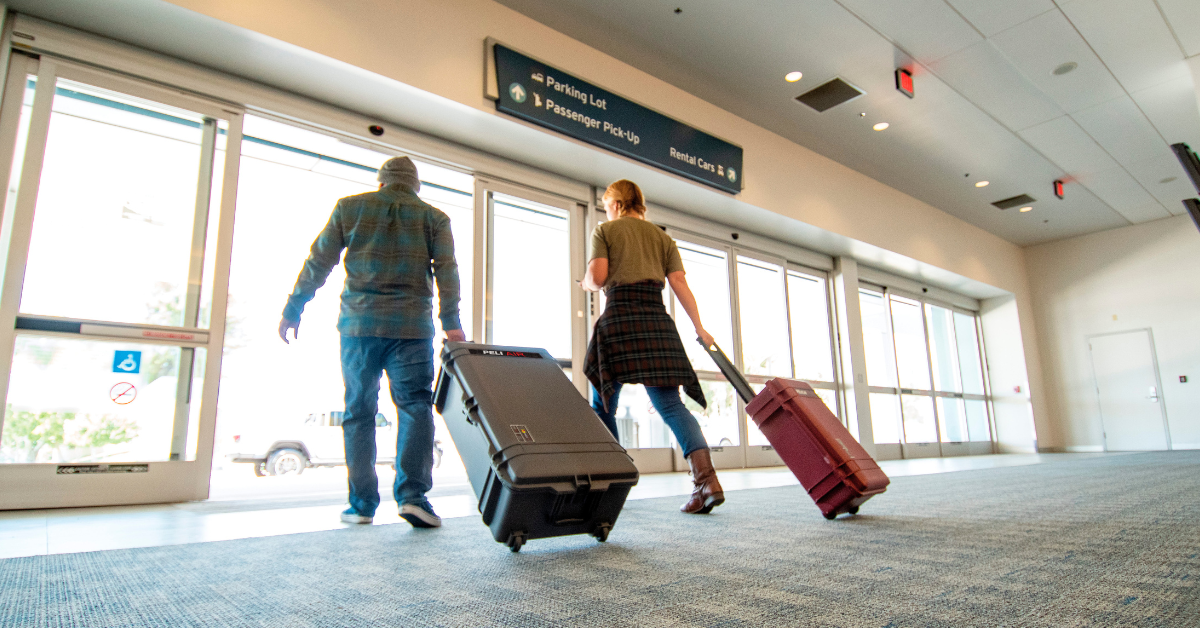
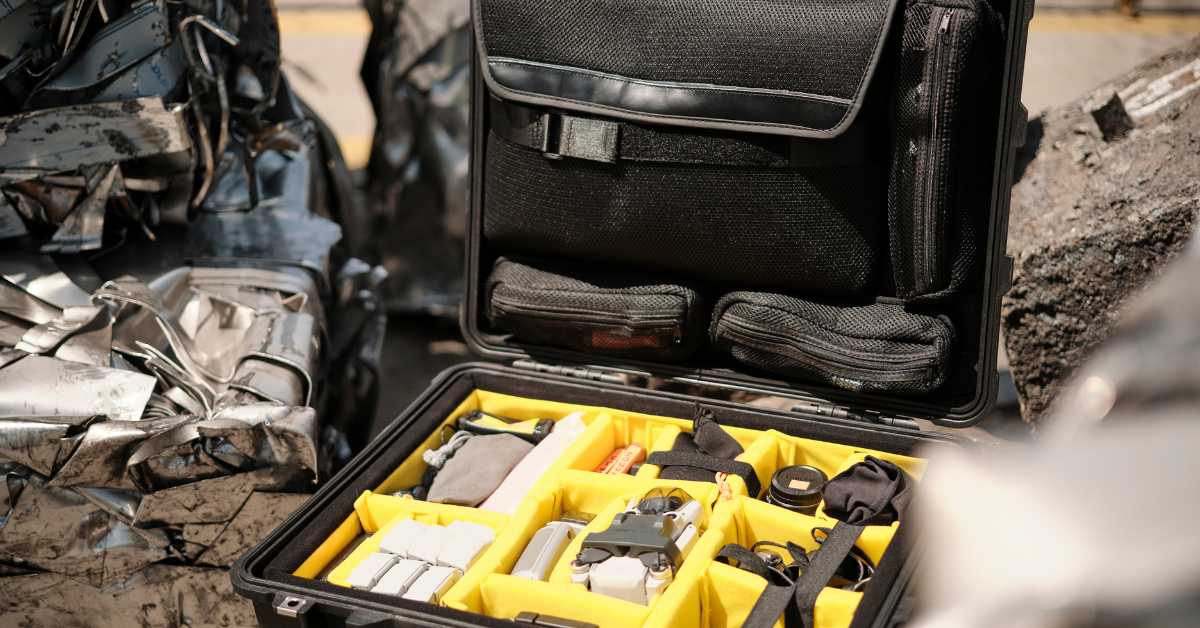
Post a comment